The barbell row is a strength training exercise that focuses on developing the back muscles , especially the latissimus dorsi and upper back muscles.
One of the main advantages of performing barbell rows is that you can adjust the amount of weight on the bar using discs according to your level of strength and experience. Here we'll tell you how to do three different variations of this exercise step by step, from the T-bar row to the barbell chin-up row, making sure to cover every detail to ensure perfect technique. In addition, we tell you which are the key muscles worked in each variation and how to avoid common posture and movement errors so that you can maximize the benefits of your training and avoid injuries.
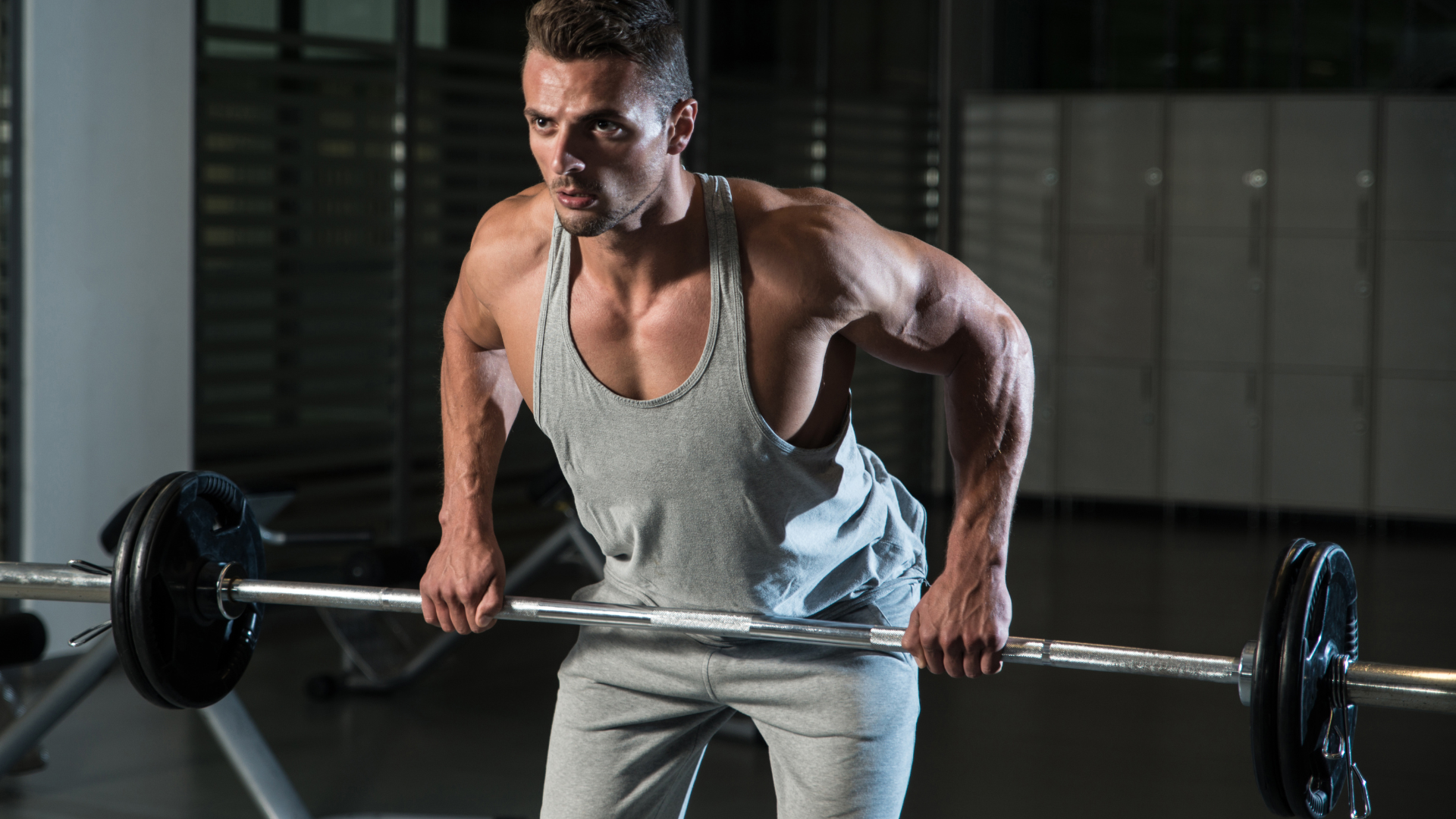
Ultimate Guide to Performing the Horizontal Barbell Row to Perfection
The barbell row is a fundamental exercise in any strength training program. It is an effective exercise for developing the strength and size of your back muscles, as well as improving posture and core stability. It is important to maintain proper technique throughout the exercise to avoid injury and maximize muscle-building benefits.
T-Bar Row
The T-bar row is a variation of the rowing exercise that focuses on working the muscles of the mid-back , including the rhomboids and posterior deltoids. It is an excellent way to strengthen the dorsal muscles and improve posture . The most effective and correct way to perform this exercise is:
Starting position: Start by standing with your feet shoulder-width apart. Grab a barbell with a pronated grip (palms facing down), with your hands slightly wider than your shoulders. Maintain a slight bend in your knees and a neutral position in your spine.
Forward Bend: Bend forward from the hips, keeping your back straight, until your torso is parallel to the floor. Make sure to keep your abdomen contracted to stabilize your trunk.
Barbell Raise: From this position, pull the bar up toward your lower chest area, keeping your elbows close to your body. Contract your upper back muscles and rear deltoids as you perform this movement.
Shoulder Blade Retraction: At the top of the movement, pause briefly and focus on retracting your shoulder blades toward your spine. This will maximize the activation of your back muscles.
Lowering control: In a controlled manner, lower the bar back to the starting position, maintaining control at all times. Avoid letting the bar drop sharply, as this can increase the risk of injury.
Proper breathing: Exhale as you lift the bar and contract your back muscles, and inhale as you lower the bar back to the starting position.

Supine barbell row
The supine barbell row is a variant of the rowing exercise that focuses on working the muscles of the upper back and biceps . This variation provides an excellent opportunity to strengthen these key muscle groups. To perform the supine barbell row effectively:
Starting position: Start standing with your feet shoulder-width apart. Grab a barbell with an underhand grip (palms facing up), with your hands placed slightly closer than shoulder-width apart. Maintain a slight bend in your knees and an upright posture in your spine.
Forward Bend: Bend forward from the hips, keeping your back straight, until your torso is approximately parallel to the floor. Make sure to keep your abdomen contracted to maintain trunk stability throughout the exercise.
Barbell Raise: From this position, pull the bar up toward your lower chest, keeping your elbows close to your body and your arms fully extended at the beginning of the movement. Contract your upper back muscles and biceps as you perform this upward movement.
Shoulder Blade Retraction: At the top of the movement, pause briefly and focus on retracting your shoulder blades toward your spine. This will maximize activation of your back muscles and help maintain proper posture.
Lowering control: Lower the bar in a controlled manner back to the starting position, maintaining control at all times. Avoid letting the bar drop sharply, as this can increase the risk of injury.
Proper Breathing: Exhale as you lift the bar and contract your back and biceps muscles, and inhale as you lower the bar back to the starting position.

Barbell chin-up row
The barbell chin-up row is a variation of the rowing exercise that focuses on working the muscles of the shoulders, upper back, and arms , especially the rear deltoids and biceps. This variation provides an excellent stimulus for the development of these muscle groups. Here is the step by step to perform the barbell chin-up row effectively:
Starting position: Start standing with your feet shoulder-width apart. Grab a barbell with a pronated grip (palms facing down), with your hands placed slightly wider than shoulder width apart. Maintain a slight bend in your knees and an upright posture in your spine.
Barbell Chin Raise: From this starting position, pull the bar up toward your chin area, keeping your elbows elevated and pointing outward. Contract your shoulder and arm muscles as you perform this upward movement.
Shoulder Blade Retraction: At the top of the movement, pause briefly and focus on retracting your shoulder blades toward your spine. This will maximize activation of your upper back muscles and help maintain proper posture.
Lowering control: Lower the bar in a controlled manner back to the starting position, maintaining control at all times. Avoid letting the bar drop sharply, as this can increase the risk of injury.
Proper breathing: Exhale as you lift the bar and contract the muscles in your shoulders and arms, and inhale as you lower the bar back to the starting position.
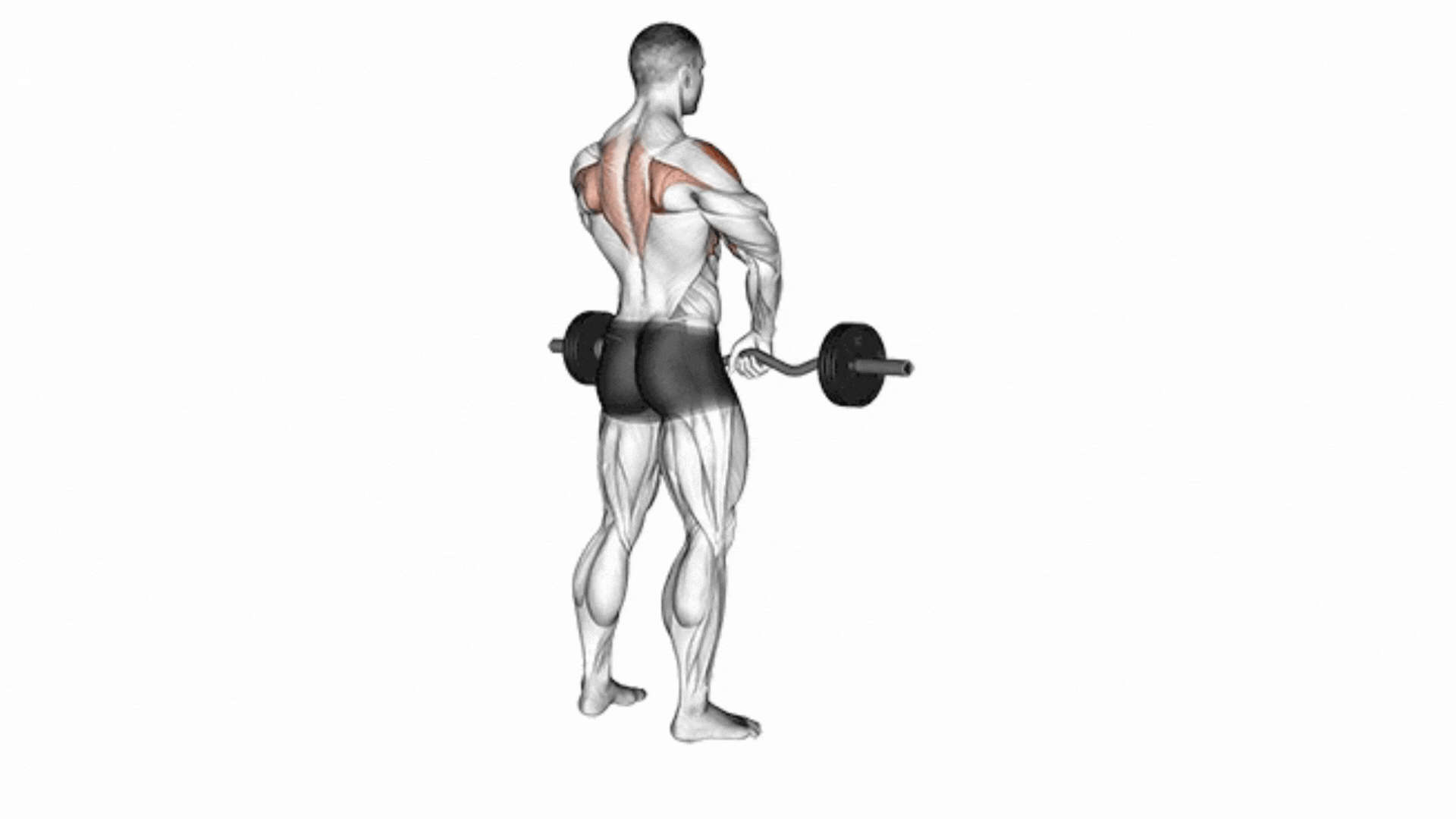
Discover the key muscles worked in barbell rowing
One of the reasons that the barbell row is a fundamental exercise in any strength training is that it is a compound exercise that involves multiple muscle groups.
This makes it an effective tool for developing strength and muscles in most parts of the body, including:
Back :

The dorsal muscles are the main protagonists in barbell rowing. This includes the trapezius, rhomboids, and latissimus dorsi muscles . These muscles are responsible for retraction of the shoulder blades and stabilization of the spine during the pulling motion.
Arms :
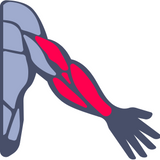
During barbell rowing, the arm muscles are also involved, especially the biceps and forearm muscles. These muscles work to flex the elbows and assist in the pulling motion of the bar toward the body.
Shoulders :
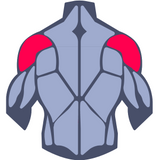
The posterior deltoids , located at the back of the shoulders, are also significantly activated during barbell rows. These muscles are responsible for extension and external rotation of the shoulder, which contributes to the pulling motion of the bar toward the body.
Core :
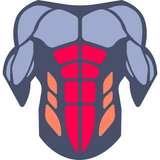
Although the main focus of barbell rowing is on the muscles of the back and arms, the core muscles also play an important role in stabilizing the torso during the exercise. The abdominal and lumbar muscles work to maintain a neutral position of the spine and prevent swaying of the body.
By varying the grip position and torso angle, the focus will be on different areas of the back and arms, making the barbell row a versatile and effective muscle-building exercise.
Common Posture and Movement Errors in Barbell Rowing and How to Avoid Them
As with any exercise that involves lifting a weight, it is very important to maintain proper posture and technique to avoid damage or injury. By correcting the most common errors during the barbell row exercise, you will avoid damage and maximize its benefits. Some of them are:
Hunching your back ❌ : One of the most common mistakes is hunching your back during movement. This can put undue pressure on the spine and increase the risk of injury. To avoid this, make sure to keep your back straight and neutral at all times. Imagine that you have a board glued to your back and try to maintain that position throughout the exercise.
Excess momentum ❌ : Some people tend to use excessive momentum to lift the bar, rather than relying primarily on the strength of their back muscles. This can reduce the effectiveness of the exercise and increase the risk of injury. To avoid this, focus on contracting your back muscles to lift the bar in a controlled manner without swinging. Keep the movement smooth and controlled instead of relying on momentum.
Inadequate grip ❌ : Another common mistake is an inadequate grip on the bar. A grip that is too narrow or too wide can compromise technique and increase the risk of shoulder and elbow injuries. To avoid this, make sure your hands are positioned slightly wider than shoulder width for a secure and stable grip. Also, keep your wrists in a neutral position to reduce stress on your joints.
Raising your elbows too high ❌ : Raising your elbows too high during movement can cause excessive stress on the shoulders and increase the risk of injury. Instead, keep your elbows close to your body and pointing slightly behind you. This will help focus the work on your back muscles and reduce stress on your shoulders.
Uncontrolled descent ❌ : Lowering the bar in an uncontrolled manner can increase the risk of injury and reduce the effectiveness of the exercise. Make sure you lower the bar in a controlled and smooth manner, maintaining tension on your back muscles throughout the movement. Control the speed of descent and avoid letting the bar drop abruptly.
All of this makes barbell rowing a comprehensive exercise that can improve functional strength and posture , which is beneficial for both athletes and people looking to improve their overall fitness. With the right variations and correct technique, you can maximize your results and prevent injuries.
You just need a bar and some plates and start integrating it properly into your training routine. Go to our website and get the perfect material for you!

